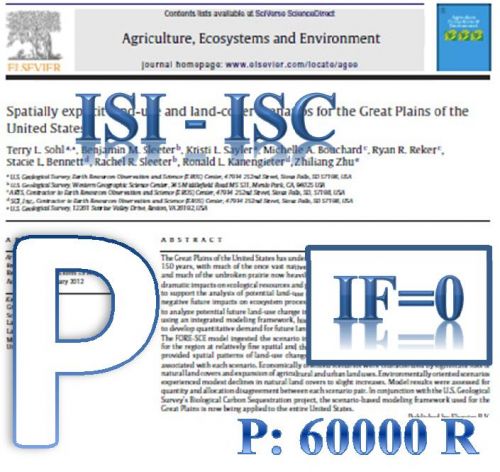BACKGROUND: This study was conducted to investigate the prevalence of quinolone resistance associated (qnr) antibiotic resistance among Escherichia coli strains isolated from different water sources in Alborz province, Iran. METHODS: E. coli strains were isolated and identified by standard microbiological and biochemical tests from surface water sources in Alborz province, Iran in 2013. Fluoroquinolone-resistant isolates were determined using the antimicrobial susceptibility test determined by the Kirby–Bauer assay. Total genomic and plasmid DNA were extracted by boiling method. The presence of qnr genes in all nalidixic-acid and ciprofloxacin-resistant E. coli strains was determined by Polymerase Chain Reaction (PCR). The PCR amplicons were visualized after electrophoresis stained with ethidium bromide. RESULTS: One hundred E. coli strains were isolated from the water sources examined in this study. As much as 22.7% and 7.3% of the isolates were resistant to nalidixic acid and ciprofloxacin respectively. While qnrS, qnrB and qnrA genes were detected in 28%, 9% and 1% of fluoroquinolone-resistant isolates respectively. All fluoroquinolone-susceptible isolates however did not contain any of the qnr genes. CONCLUSION: This study reflects an increasing prevalence of fluoroquinolone-resistant E. coli strains in surface water sources. Underlining the importance of surface water sources as reservoirs for dissemination of potentially pathogenic E. coli and horizontal gene transfer between other waterborne bacterial species. Other possible mechanisms of resistance should also be investigated for better characterization of quinolone …
کلید واژگان :antibiotic resistance, E. coli, qnr genes, water sources
ارزش ریالی : 600000 ریال
با پرداخت الکترونیک
